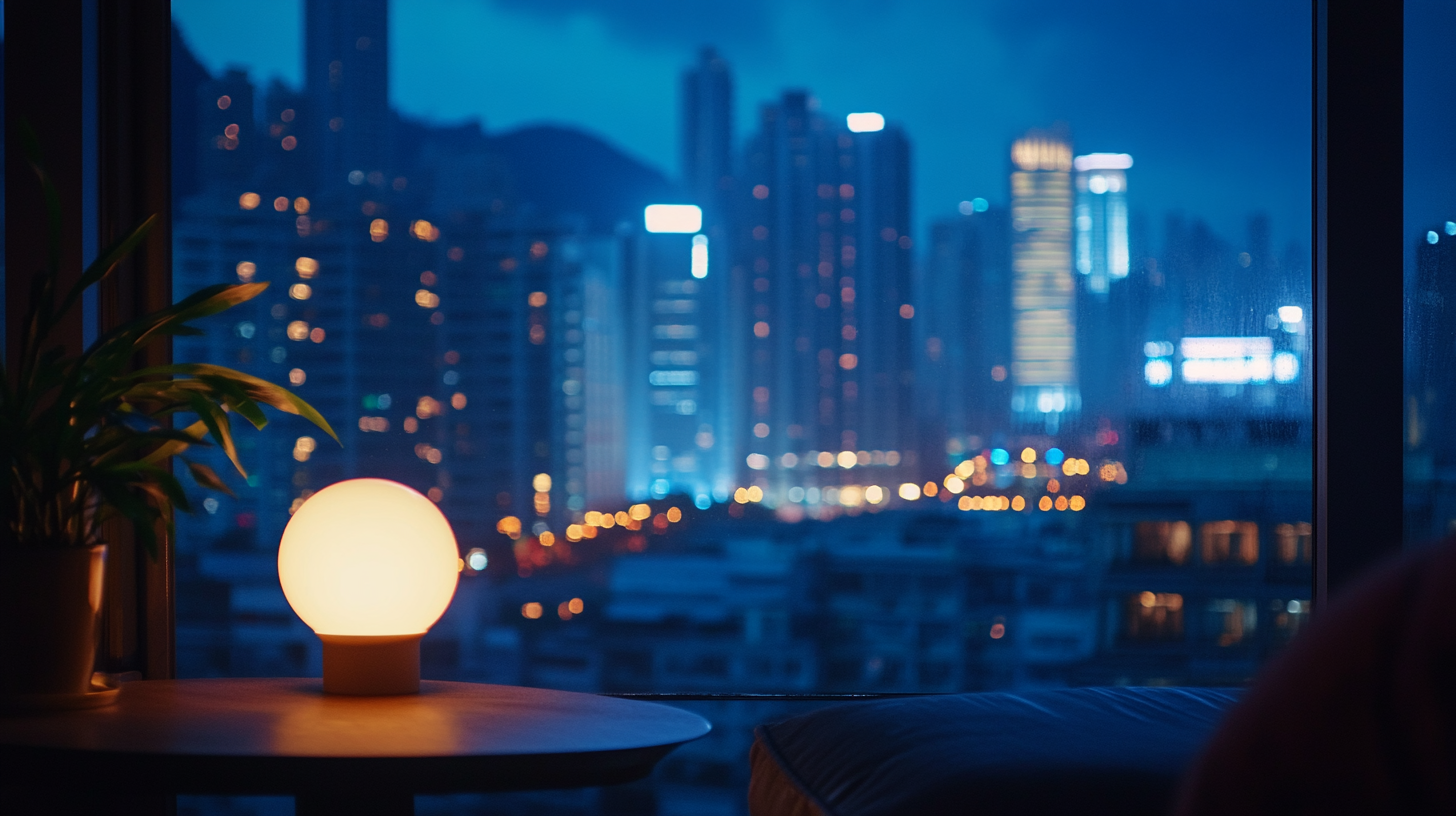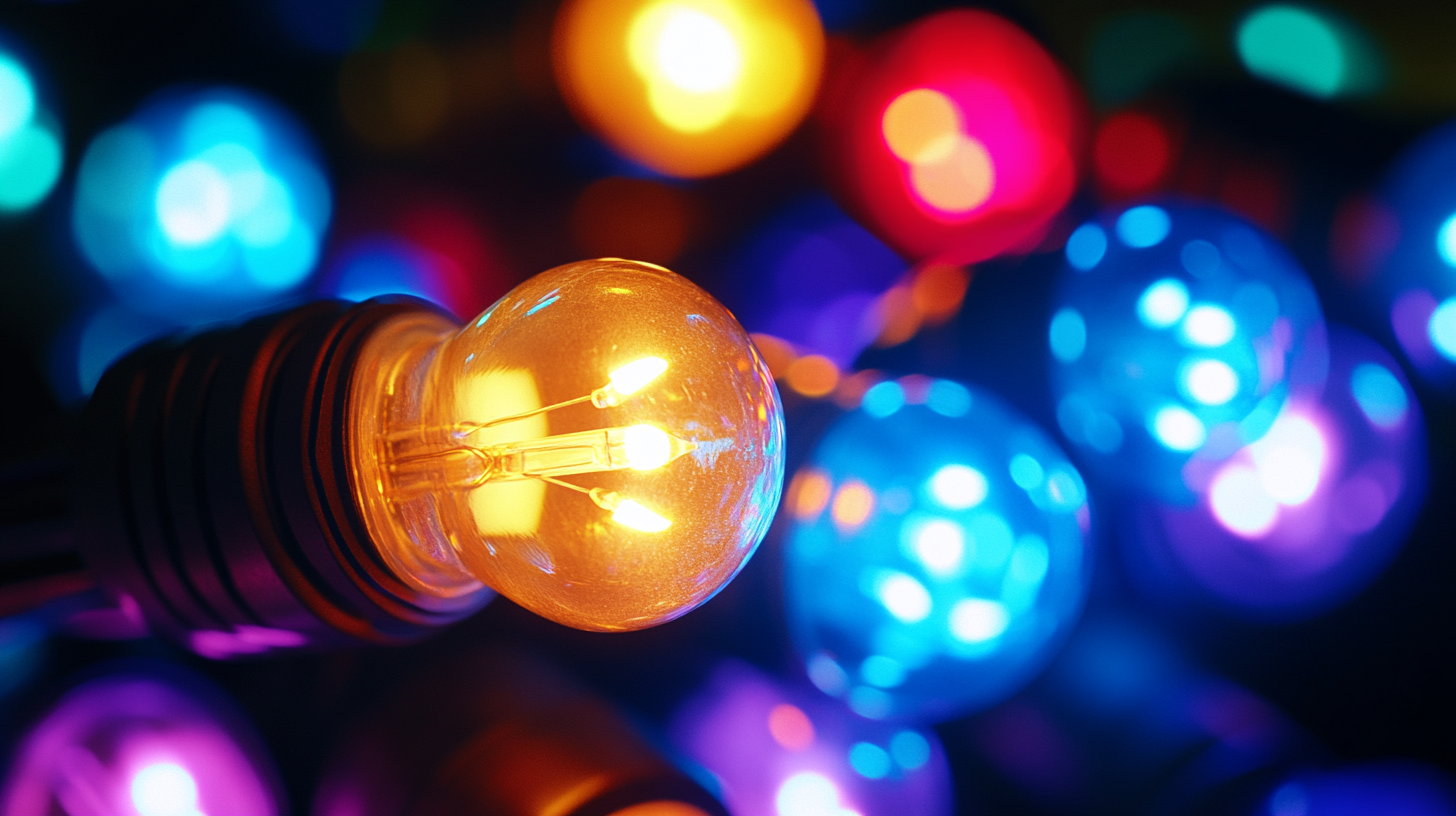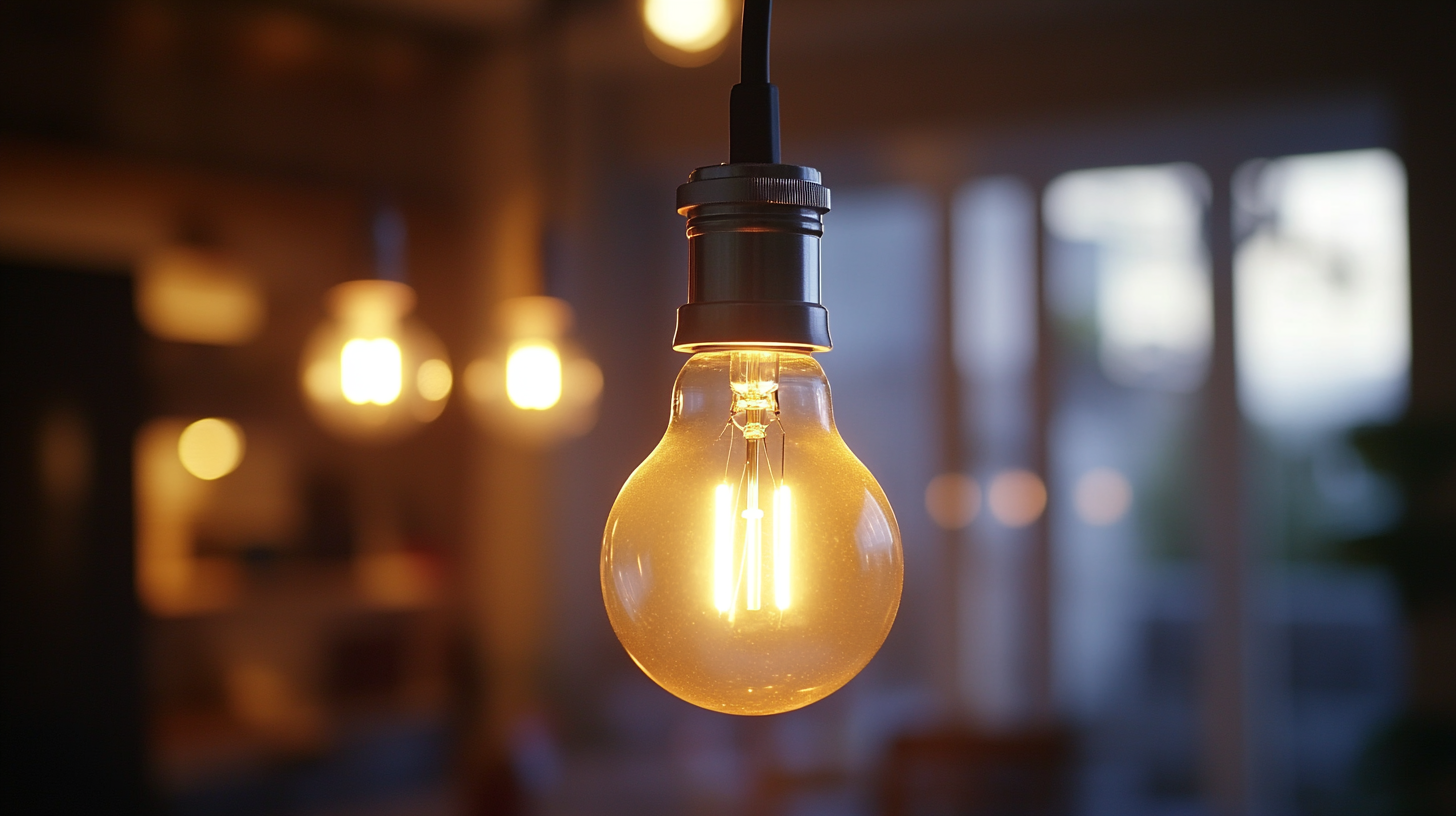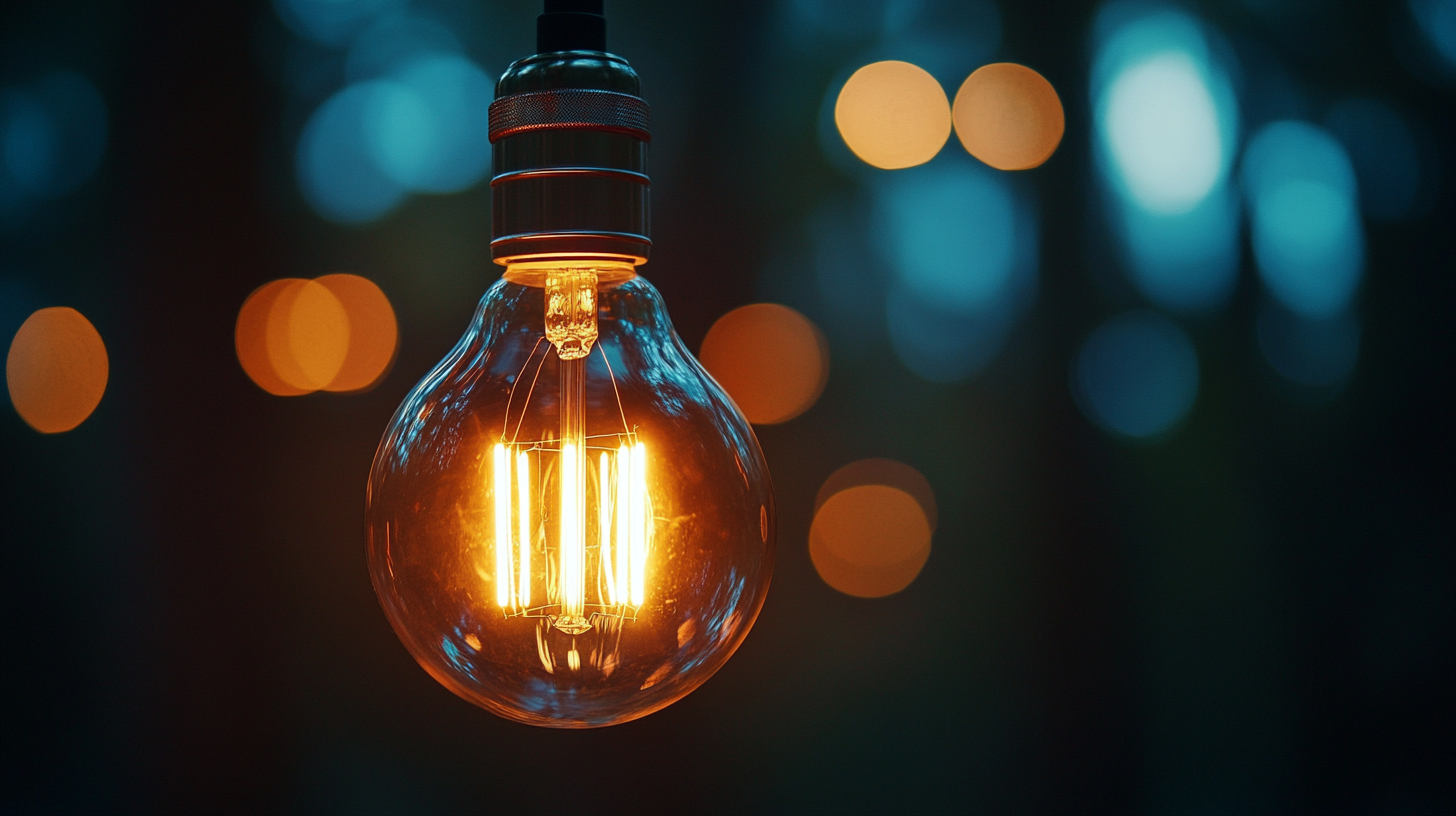Understanding the Technical Specifications of Small LED Lights and How They Revolutionize Global Lighting Solutions
Lighting technology has been steadily and rapidly evolving in the last few years, starting and fast tracking by the small LED lights to redefine their very nature of illumination. These extremely small tiny light bulbs are extremely energy-efficient and boast unrivaled versatility, making them suitable for many applications. An array of uses from domestic to industrial applications, small LED lights are revolutionizing the worlds of lighting for all the proper reasons-to answer the current need for sustainable and efficient illumination.
The implications of these small LED lights thus extend beyond their technical specifications and relate to the advancement of greener practices and the enhancement of user experience. We will study the specific qualities and merits of these lights that are rendering the market bizarre with its design and functionality. An insight into the technical specifications of small LED lights allows us to understand how it builds toward energy efficiency and carbon reduction and hence leads to an illumination solution for a brighter and sustainable future across the globe.

Key Components of Small LED Lights and Their Functionality
The introduction of LED lights has altered the pattern of the lighting industry, providing ample scope for dynamic developments in terms of efficiency and versatility with the unprecedented small size of the devices. Functions, therefore, rely upon a set of components, starting from a mini yet powerful light-LED chip-converting electric power into light. This chip is embedded into the thermally conductive material for the purposes of heat dissipation, thus enhancing the chip's life and performance. Another very important element is the driver, which serves to regulate the power supplied to the LED. It maintains a constant light output and may offer options for dimming. Many small LED lights have lenses and/or diffusers that control the direction and distribution of light, thus making the product more useful for various applications ranging from accenting to safety beacons. Also, it would not be wrong to claim that the housing of small LED lights promotes functionality. Besides being protective of internal components in terms of durability, it also serves an aesthetic function. Many designs exhibit some degree of weather-resistance for outdoor applications. The interplay between these hardware components allows small LED lights to convert energy efficiently, generate little heat, and have broad application, all leading to a revolution in the world's lighting solutions.

The Energy Efficiency of LED Technology Compared to Traditional Lighting
Light Emitting Diode, commonly shortened to "LED," technology becomes a very efficient contrast to conventional lighting systems, and therefore the beginning of a new era of how we illuminate our places. Whereas incandescent lamps overhead waste too much energy as heat, LED lights convert huge amounts of energy into visible light with minimum energy and reduced electricity bills. This maximum efficiency means longer-lasting light; thus, in a way, it reduces the frequency of replacing bats, therefore minimizing solid waste disposal, with all this in favor of the environment.
With energy costs through the roof and the increasing focus on saving the environment, LED lighting benefits take precedence. By switching to LEDs, homes and businesses would very lightly witness a decrease in energy bills while acting consciously toward a lesser carbon footprint. In providing similar levels of brightness with just a fraction of energy, the ingenuity of LEDs shines through, and their sustainable applications around the globe are reinforced.
Finally, the changeover to LED lighting systems signifies not just a fad; it is an entire movement that is changing our perspective on energy consumption. As many people recognize the virtue of energy efficient lighting; it is indeed LED that is leading the way in revolutionizing lighting solutions worldwide to a brighter and sustainable future.

Innovative Applications of Small LED Lights in Urban and Rural Settings
Over the past few years, compact LEDs have been small but not insignificant-transformative forces in cities and countryside alike. An interesting application of such innovation can be found in Yunnan Province where local governments and technologies have come together to increase logistics efficiencies. One of these definitely is smart light incorporation, which is vital to maximizing urban infrastructure functionality so that cities can still thrive after sunset. The very small LED lights now do much more than just provide light; they can be interconnected with urban management systems-adaptive brightness and motion sensing, among others.
In rural areas, the role of small LED lights is further defined. Improved visibility in remote areas can ensure the safety of and enable economic activities at night. Initiating community-tailored lighting solutions that involve, for example, local artisanship with LED technologies has demonstrated convenience and progress. Hence, the signing of local governance with innovating and intelligent technologies proves that there is commitment to making the day-to-day life better as well as tackling larger challenges such as energy efficiency and sustainability. So small LED lights-and not just in cities, but in villages as well-really brighten, not just digitally illuminating but reintroducing hope through proper technology-integration into daily lives.

The Environmental Impact of Transitioning to LED Lighting Solutions
LED lighting solutions are found to provide extensive environment benefits that greatly change the way energy and sustainability are being used. In contrast to the traditional means of lighting, LEDs consume a very smaller amount of energy, which practically leads to a huge reduction in greenhouse gas emissions when applied on a large scale. This is much important in today's scenario of climate change when one can reduce energy consumption, even that, in total.
However, LED lights have a much longer lifespan compared to that of common bulbs. Since these lights are not replaced so often, they contribute much less waste from discarded lighting fixtures. This life and longevity then further cause a situation where there is less environmental burden caused due to manufacturing and disposal of bulbs. It also saves the resources that are used in production. While further developing the technology, diversity in applications would also increase to add to its benefits for the environment.
Another aspect of change for the future by making the transition to LED lighting solutions is reducing the hazardous materials normally found in older types of lighting technologies like mercury in fluorescent tubes. This feature comes out as vital for both environmental health and human safety. Taking the move towards the adoption of LEDs would significantly reduce the pollution and its associated health issues in society while also nurturing a more environmentally accountable way of lighting and energy use.
Future Trends in LED Lighting Technology and Their Global Implications
The changeover of the lighting industry into LED technology is not primarily about energy efficiency; it is also an international movement concerning our definitions of light and its uses. The global LED lighting market is estimated to grow from USD 78.9 billion in 2024 to USD 118.4 billion by 2029, reflecting a concerted effort toward the implementation of this technology. With a CAGR of 8.5%, we can now mark the rise of LEDs as a milestone in the adoption of lighting solutions worldwide.
However, with the introduction of brighter and more energy-efficient blue LEDs come many complications. Studies indicate that exposure to blue-rich light sources at night could result in significant health problems due to disruption of our sleep-wake cycles and, consequently, associated health disorders. The American Medical Association raised concerns and has called for outdoor lighting designs that will protect against these adverse effects while meeting the intended lighting requirements. This emphasizes the need for responsible outdoor lighting that considers human well-being as much as technical efficacy.
The environment is another area where light technology must not cause any neglect. Light pollution, exacerbated by inefficient lighting, leads to greenhouse gas emissions, estimated at least 1% of the world total. Gradually, the challenge for city authorities engaged in the conversion of these lighting systems into LED4s will be how to incorporate these very sizable benefits with strategies to counterbalance the negative impacts of light pollution. Any way one looks at it, responsible outdoor lighting must integrate public health concerns along with technological triumph.
